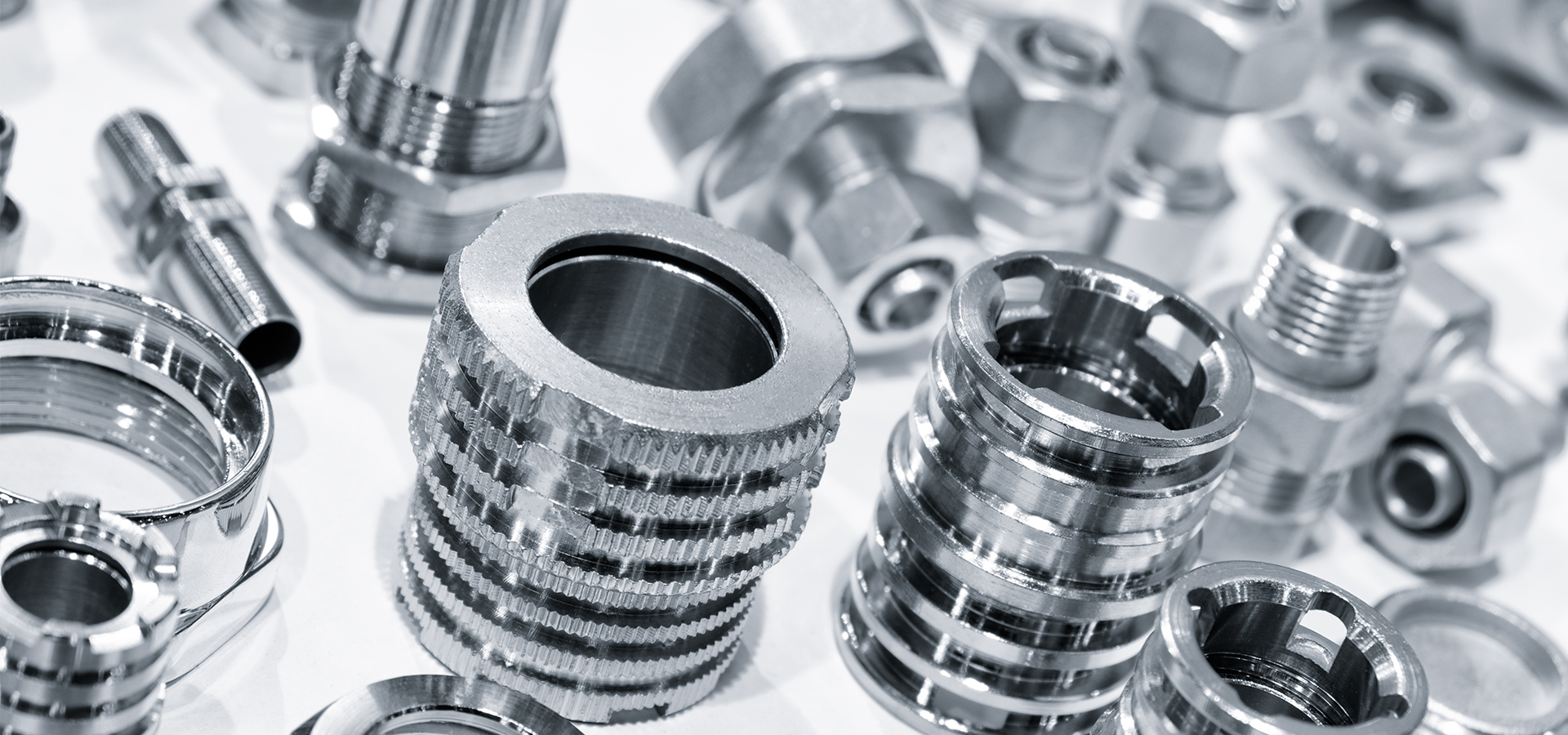Introduction:
Brass components have long been essential in various industries due to their exceptional properties like corrosion resistance, durability, and conductivity. However, advancements in technology and manufacturing processes have ushered in a new era of innovation in brass component design and production techniques. In this blog, we’ll delve into the latest trends and innovations shaping the landscape of brass component manufacturing.
Introduction to Innovations:
In recent years, there has been a surge in innovations aimed at enhancing the performance, efficiency, and versatility of brass components. From novel design concepts to advanced production techniques, manufacturers are continually pushing the boundaries to meet the evolving needs of diverse industries.
Advanced CAD/CAM Design:
The integration of computer-aided design (CAD) and computer-aided manufacturing (CAM) technologies has brought about a paradigm shift in the design process of brass components. CAD software empowers engineers to craft intricate 3D models of components with unparalleled precision and accuracy, facilitating easy modification, analysis, and optimization for optimal performance prior to production commencement. Conversely, the digital designs into precise machine instructions, streamlining the manufacturing process and ensuring seamless execution of the envisioned designs is translated by CAM software.
This integration of CAD and CAM streamlines the entire design-to-production process, reducing errors, minimizing lead times, and increasing overall efficiency.
Additive Manufacturing (3D Printing):
In the production of brass components, additive manufacturing, often known as 3D printing, has emerged as a disruptive technology.This inherent flexibility enables rapid prototyping, customization, and iteration, rendering it particularly suitable for low-volume, high-value applications.
Precision Machining:
Precision machining techniques, particularly CNC (Computer Numerical Control) machining, have seen significant advancements in recent years. Renowned for its unmatched precision, repeatability, and superior surface finish, CNC machining delivers exceptional results. Its high-speed machining capabilities enable the production of intricate features and tight tolerances, ensuring consistency across large-scale production runs. Additionally, advancements in tooling, cutting strategies, and machine dynamics have further enhanced the efficiency and precision of CNC machining processes.
Surface Treatment and Finishing:
Surface treatment and finishing processes are critical in enhancing the functionality, aesthetics, and durability of brass components. Innovations in surface treatments have led to the development of techniques that offer improved corrosion resistance, wear properties, and overall performance.
Electroplating stands out as a prevalent surface treatment method in brass component manufacturing. This not only furnishes a protective shield against corrosion but also elevates the aesthetic appeal of the component.
Anodizing is another surface treatment technique that is gaining popularity in the brass industry. The process entails the controlled formation of an oxide layer on the surface of the brass component through an electrolytic process.This oxide layer enhances corrosion resistance, surface hardness, and facilitates the application of colored finishes.
In contrast, powder coating encompasses the application of dry powder onto the surface of the brass component, subsequently subjecting it to heat to establish a resilient and protective layer. Renowned for its exceptional resistance to corrosion, chemicals, and UV exposure, powder coating proves ideal for an extensive array of applications.
Sustainable Manufacturing Practices:
In response to growing environmental concerns, manufacturers are increasingly adopting sustainable practices in brass component manufacturing. This includes implementing greener production methods and materials to minimize environmental impact. One such practice is the recycling of scrap brass, where leftover material from manufacturing processes is collected and reused to produce new components.
Moreover, manufacturers are actively working towards waste reduction and energy optimization across the production process. This includes implementing lean manufacturing principles to streamline operations, optimizing equipment and processes for energy efficiency, and investing in renewable energy sources.
Through the adoption of sustainable manufacturing practices, brass component manufacturers can effectively diminish their carbon footprint, drive down operational expenses, and bolster their standing as environmentally conscious entities.
convergence of IoT and Industry 4.0:
The fusion of Internet of Things (IoT) technology and Industry 4.0 principles into brass component manufacturing is reshaping the production, monitoring, and management of components, driving a paradigm shift in the industry.
IoT-enabled sensors and devices are revolutionizing the manufacturing process by collecting real-time data on crucial aspects like machine performance, temperature, humidity, and product quality. Through detailed analysis, these insights enable the identification of inefficiencies, prediction of maintenance requirements, and optimization of production workflows.
Industry 4.0 principles, such as automation, connectivity, and data-driven decision-making, are driving advancements in brass component manufacturing. Automated manufacturing systems, robotic arms, and intelligent machines are being deployed to streamline production, reduce labor costs, and improve overall efficiency.
By embracing IoT and Industry 4.0 technologies, manufacturers of brass components can elevate productivity, quality, and flexibility within their operations. Through real-time monitoring and predictive maintenance, downtime is minimized, and the risk of equipment failure is reduced, ultimately enhancing overall performance and customer satisfaction.
Conclusion:
Innovations in brass component design and production techniques are driving unprecedented advancements in performance, efficiency, and sustainability. By leveraging cutting-edge technologies, materials, and manufacturing processes, manufacturers can meet the evolving demands of industries while paving the way for a more sustainable and interconnected future. Ananta Brass Corporation redefines the possibilities of brass component design and production. As industries evolve and challenges emerge, Ananta Brass Corporation remains steadfast in its pursuit of innovation, empowering customers with cutting-edge solutions for the future.
Recent Posts

Benefits of Precision Turned Components in Industries
In the realm of industrial manufacturing, precision turned components play a pivotal role, serving as the backbone of va

A Guide To Choose The Right Brass Components of Precise Quality and Reliability
Introduction: Brass components play a pivotal role in various industries due to their exceptional qualities of durabilit




